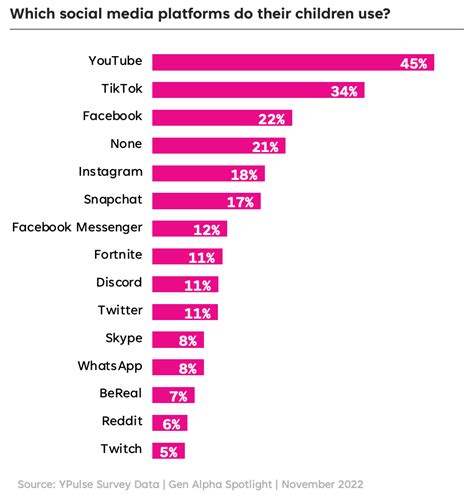Introduction

YouTube is a video-sharing platform that has become increasingly popular over the years. With its massive user base and wide range of content, YouTube has become an integral part of the digital landscape. However, some people question whether YouTube should be considered a social media platform. This article will explore the characteristics of social media and YouTube to determine if it fits the definition.
What is Social Media?
Social media refers to online platforms that allow users to create and share content, interact with others, and build communities. Key characteristics of social media include:
- User-generated content: Users create and share their own content, such as posts, videos, and images.
- Social interaction: Users can interact with each other through comments, likes, and shares.
- Community building: Social media platforms facilitate the creation of communities around shared interests or topics.
YouTube’s Features
YouTube possesses several features that align with the characteristics of social media:
- User-generated videos: YouTube users can upload and share their own videos.
- Social interaction: Viewers can like, comment on, and share videos.
- Community building: YouTube channels can create communities around specific topics or creators.
Does YouTube Fit the Definition?
Based on the aforementioned characteristics, it is evident that YouTube meets the criteria of social media. It allows users to create and share their own videos, engage in social interactions, and build communities.
Supporting Data
Statistics from Oberlo (2021) illustrate the significant role YouTube plays as a social media platform:
- 2 billion monthly active users
- 500 hours of video uploaded every minute
- The second-most visited website globally
User Behavior on YouTube
User behavior on YouTube further supports its classification as a social media platform:
- Users engage with videos by liking, commenting, and sharing them.
- They subscribe to channels to follow creators and content they are interested in.
- They form communities around specific creators or topics, discussing videos and sharing their opinions.
Distinctive Features of YouTube
While YouTube shares similarities with other social media platforms, it also has unique features:
- Emphasis on video content: YouTube specializes in video content, making it distinct from text-based platforms like Facebook and Twitter.
- Broadcasting capabilities: YouTube enables live streaming, allowing creators to broadcast real-time content.
- Monetization options: YouTube provides creators with opportunities to monetize their content, setting it apart from non-commercial social media platforms.
Conclusion
Considering the key characteristics of social media and YouTube’s features, user behavior, and distinctive attributes, it is clear that YouTube fits the definition of a social media platform. It allows users to create and share content, engage in social interactions, and build communities, meeting the fundamental requirements of social media.
Table 1: Comparison of YouTube and Other Social Media Platforms
| Feature | YouTube | |||
|---|---|---|---|---|
| Content format | Videos | Text posts, images, videos | Short text updates, images | Images, videos, stories |
| User interaction | Like, comment, share | Like, comment, share | Retweet, reply, like | Like, comment, share |
| Community building | Channels, subscribers | Groups, pages | Hashtags, followers | Hashtags, followers |
| Monetization | Ads, sponsorships | Ads, fan subscriptions | Sponsored tweets | Ads, sponsored posts |
Table 2: Effective Strategies for Using YouTube as a Social Media Platform
| Strategy | Benefits |
|---|---|
| Create engaging video content | Capture audience attention and build a following |
| Optimize videos for search | Increase visibility and reach a wider audience |
| Engage with your audience | Respond to comments, ask questions, and foster community |
| Collaborate with other creators | Cross-promote content and expand your reach |
| Analyze your results | Track metrics to understand what’s working and make necessary adjustments |
Table 3: Common Mistakes to Avoid on YouTube
| Mistake | Consequences |
|---|---|
| Creating low-quality content | Low engagement, poor audience retention |
| Not engaging with your audience | Limited community growth and interactions |
| Not using appropriate keywords | Reduced video visibility in search results |
| Negating copyright issues | Content removal or channel suspension |
| Spamming subscribers | Negative perception, decreased engagement |
Table 4: A Step-by-Step Approach to Optimizing YouTube for Social Media
| Step | Description |
|---|---|
| Define your target audience: Identify who you want to reach and create content that aligns with their interests. | |
| Create high-quality videos: Invest in creating well-edited, engaging videos that capture your audience’s attention. | |
| Optimize videos for search: Use relevant keywords in your video titles, descriptions, and tags to improve visibility in search results. | |
| Promote your videos: Share your videos on other social media platforms, collaborate with other creators, and run ads to reach a wider audience. | |
| Engagement with your audience: Regularly engage with your viewers by responding to comments, asking questions, and encouraging community discussions. |
